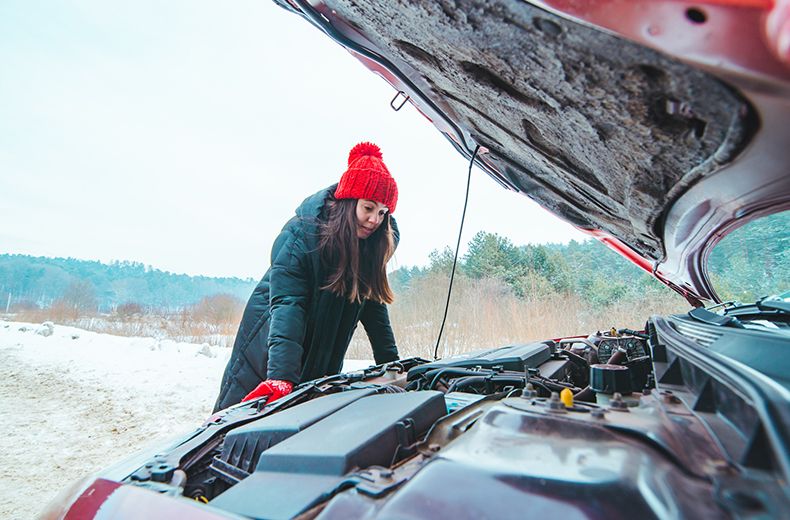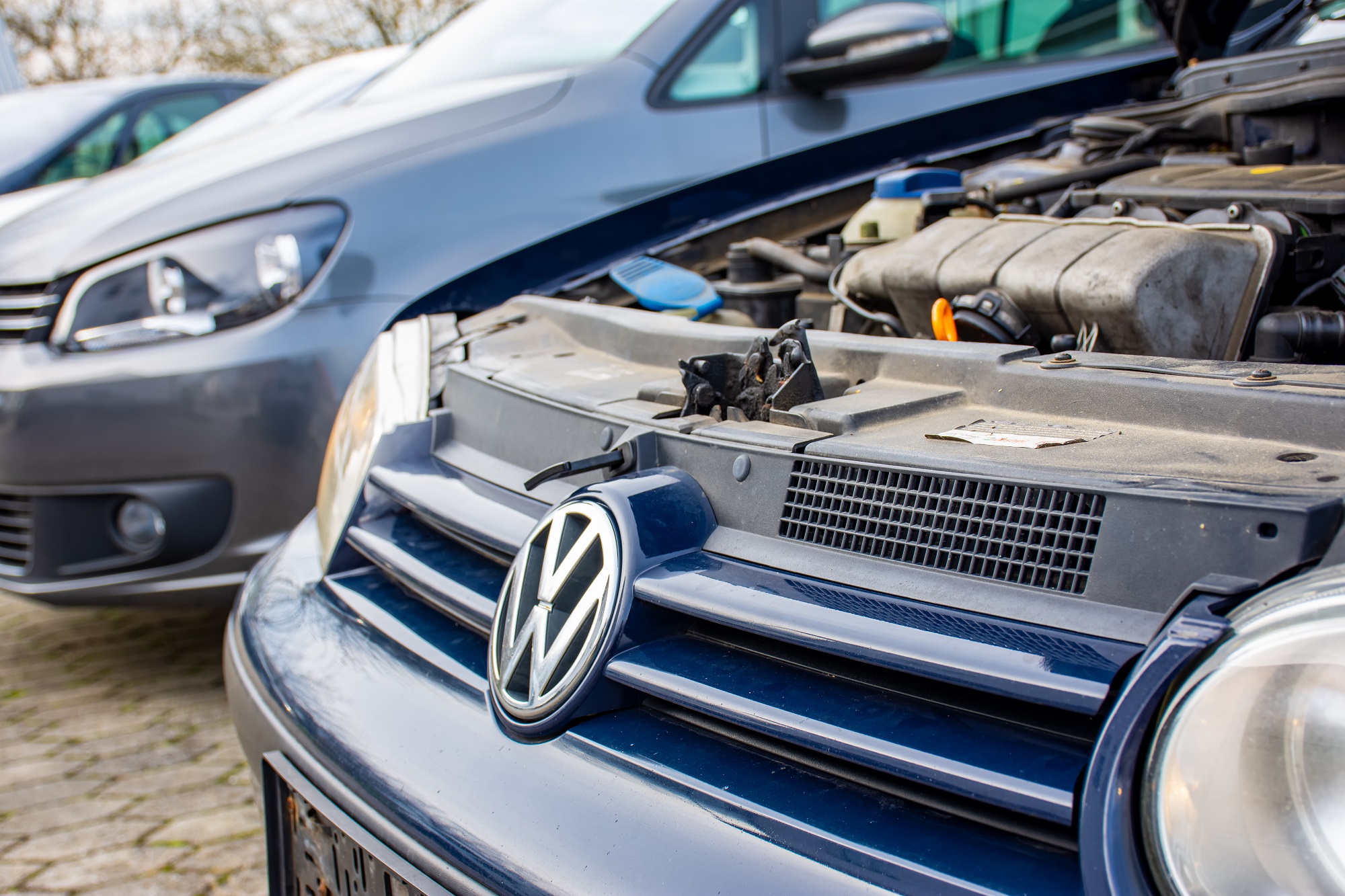It’s a situation every car owner dreads: you turn the key, but your car won’t start. Whether you’re stranded in your driveway or stuck on the side of the road, a non-starting vehicle can be frustrating and inconvenient. However, understanding the possible causes of a car not starting and knowing how to troubleshoot the issue can help you get back on the road quickly and safely. In this comprehensive guide, we’ll explore the common reasons why cars won’t start and provide practical solutions to resolve the problem.
Possible Causes of a Car Not Starting:
- Dead Battery: A dead or discharged battery is one of the most common reasons for a car not starting. If you hear a clicking sound when you turn the key or notice dim lights on the dashboard, it’s likely that the battery is low on charge or completely dead.
- Faulty Starter Motor: The starter motor is responsible for turning the engine over to start the car. If the starter motor fails or malfunctions, you may hear a clicking noise when you turn the key, but the engine won’t crank or start.
- Fuel Delivery Issues: Problems with fuel delivery, such as a clogged fuel filter, faulty fuel pump, or empty fuel tank, can prevent the engine from receiving the proper fuel mixture needed for combustion.
- Ignition System Failure: Issues with the ignition system, such as faulty spark plugs, ignition coil failure, or a malfunctioning ignition switch, can prevent the engine from starting properly.
- Faulty Alternator: The alternator is responsible for charging the battery and providing electrical power to the vehicle’s systems. A faulty alternator can lead to a drained battery and subsequent starting problems.
- Faulty Starter Solenoid: The starter solenoid is an electrical switch that engages the starter motor when you turn the key. If the starter solenoid fails, the starter motor may not receive power, preventing the engine from starting.
- Engine Immobilizer System Activation: Many modern vehicles are equipped with an engine immobilizer system that prevents unauthorized starting of the vehicle. If there’s a problem with the immobilizer system or the key fob, the engine may not start.
- Faulty Crankshaft or Camshaft Position Sensor: The crankshaft and camshaft position sensors provide vital information to the engine control unit (ECU) for ignition timing and fuel injection. If these sensors fail, the engine may not start or run properly.

Solutions to Resolve Starting Issues:
- Check the Battery: If you suspect a dead battery, attempt to jump-start the vehicle using jumper cables and another vehicle with a charged battery. If the car starts, drive it to a mechanic or auto parts store to have the battery tested and replaced if necessary.
- Inspect the Starter Motor: If the engine fails to crank when you turn the key, it may indicate a faulty starter motor. Have the starter motor tested by a mechanic to determine if it needs to be repaired or replaced.
- Verify Fuel Delivery: Check the fuel level in the tank and ensure that the fuel pump is functioning properly. If the fuel pump is not priming or you suspect a clogged fuel filter, have the fuel system inspected and serviced by a qualified mechanic.
- Check Ignition System Components: Inspect the spark plugs, ignition coils, and ignition switch for signs of wear or damage. Replace any faulty components and ensure proper electrical connections to resolve ignition system issues.
- Test the Alternator: If the battery continues to lose charge or you experience starting problems after driving, have the alternator tested to determine if it’s charging the battery properly. Replace the alternator if it’s faulty.
- Inspect the Starter Solenoid: Check the connections to the starter solenoid and ensure they are clean and secure. If the solenoid fails the test, have it replaced by a professional mechanic.
- Reset the Immobilizer System: If the engine immobilizer system is preventing the engine from starting, try using a spare key or resetting the system according to the manufacturer’s instructions. If the problem persists, consult a dealership or automotive locksmith for assistance.
- Replace Faulty Sensors: If diagnostic tests reveal issues with the crankshaft or camshaft position sensors, have them replaced by a qualified mechanic to restore proper engine operation. Interested? Read more at the link: https://outdoorlogic.net/
Preventive Maintenance Tips:

To reduce the risk of encountering starting problems in the future, follow these preventive maintenance tips:
- Keep the Battery Maintained: Regularly check the battery terminals for corrosion and ensure a secure connection. Consider using a battery tender or charger to maintain optimal battery health, especially during periods of inactivity.
- Replace Aging Components: Replace the battery, starter motor, and other critical components before they fail to prevent unexpected starting issues.
- Keep the Fuel System Clean: Use high-quality fuel and additives to prevent fuel system deposits and clogs. Replace the fuel filter according to the manufacturer’s recommendations.
- Perform Regular Inspections: Inspect the ignition system, fuel system, and electrical components regularly for signs of wear or damage. Address any issues promptly to prevent starting problems.
- Follow Maintenance Schedule: Adhere to the manufacturer’s recommended maintenance schedule for routine inspections, fluid changes, and component replacements.
Encountering starting problems with your car can be stressful, but understanding the possible causes and knowing how to troubleshoot the issue can help you resolve the problem quickly and effectively. By following the solutions and preventive maintenance tips outlined in this guide, you can reduce the risk of encountering starting issues and ensure reliable vehicle operation. If you’re unable to diagnose or resolve the problem on your own, don’t hesitate to seek assistance from a qualified mechanic or automotive professional. Remember, proactive maintenance and prompt attention to starting issues are key to keeping your car running smoothly and reliably.



